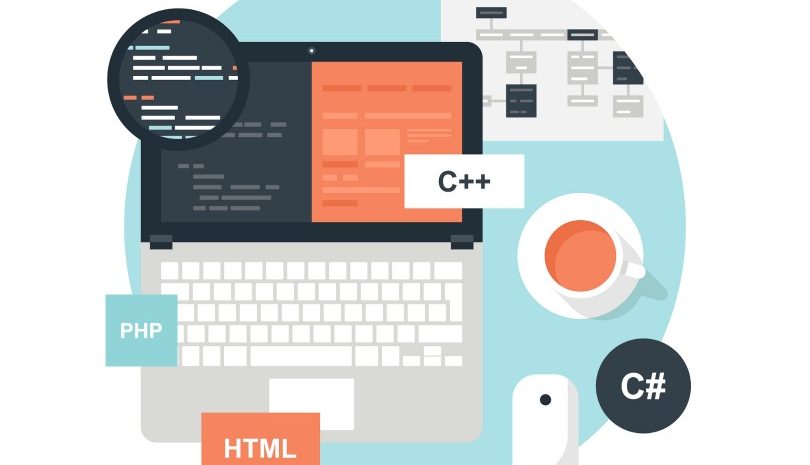Stepping up retail applications for the digital age

In an environment where aggressive competition across channels is driving more dynamic customer experiences, the IT capabilities of retailers are being put to the test; particularly their applications.
Application development in retail has traditionally been dominated by large, monolithic applications designed with a specific functionality in mind, like warehouse management or pricing. While functional, this non-elastic infrastructure configuration stops retailers from keeping up with the needs of their customers, who are now extremely savvy when it comes to shopping across multiple channels to find competitive deals.
Retailers bound by legacy applications and infrastructure are finding three sets of activities especially challenging:
- Adding or changing capabilities and quickly deploying them across the supply chain;
- Leveraging information from one channel seamlessly in response to demand from another channel;
- Responding to dynamic volumes typical of the new digital economy.
In order to improve their adaptability and respond to changing consumer demands, retailers need to take a new approach to the development of their applications. This involves embracing three different strategies for applications development – liquid, intelligent and connected.
Liquid
Traditional methods of software and application development cannot keep up with the pace of customer expectations. To compete with agility and speed, companies can no longer focus only on complex, lengthy and expensive coding of applications, or monolithic systems built from the ground up. Retailers need to create modular enterprise systems that can seamlessly cater to different channels and can be reused across functional areas like stores and the supply chain.
Liquid applications are assembled by leveraging modular architectures and platforms, next-generation integration techniques and a cloud-first, mobile-first mindset. These elements, combined with engineering approaches such as Agile and DevOps, mean that software can be continuously delivered and evolve in line with changing business needs. With a liquid development of applications, retailers will experience benefits such as faster developments of products, the ability to change technologies and vendors to maintain market leadership and the ability to couple with legacy systems; reducing dependence on them.
Intelligent
Thanks to advancements in data science, language processing, machine learning and cognitive computing, retailers are now able to build intelligent applications; applications that can automatically respond to the ever changing preferences of customers.
Intelligent applications can be taught to act as digital agents and to learn and govern themselves autonomously—revolutionising customer service, IT management and business innovation. Take Australian online retailer; The Iconic. The web application has developed sophisticated intelligent recommendation capabilities that capture clicks and browsing history across multiple channels. Leveraging data capabilities, the dynamic system recommends products based on the consumer’s past buying pattern, as well as similar buying decisions made by other consumers.
As another example, outdoor clothing and equipment retailer North Face launched an interactive online recommendation engine. Using natural conversation, so customers feel like they are talking to a person, the tool helps shoppers find personalised and relevant product suggestions.
Connected
To grow revenue and defend their market position, businesses must open new dimensions of application connectivity—within the enterprise, with business partners and customer ecosystems, and with the rapidly growing Internet of Things. Connected applications are key to meeting the dynamic demands of today’s customers. For instance, many traditional retailers are often challenged to use their network of distribution centres to offer products to customers faster and more conveniently, but this is difficult because of the multitude of different legacy systems across the network.
Businesses need multiphase strategies to build and nurture an application ecosystem. Retailers should start with internal developers and business functions, and then create a broader ecosystem that includes external entities such as business partners and customers. A number of retailers have realised success by investing in platforms to provide incremental revenue streams. UK grocer Morrisons, for example, expanded its platform outreach with internet grocer Ocado and subsequently partnered with Amazon Pantry to deliver groceries to customers.
Retailers can no longer afford to be laggards in software applications, as traditional application development constrains retailers from responding to the dynamic needs of today’s customer. Retailers who embrace liquid, intelligent and connected applications will be better placed to provide their customers with a highly integrated and convenient shopping experience.
Glenn Heppell is Accenture’s Managing Director for Products in Australia and New Zealand.
Comment Manually
You must be logged in to post a comment.

No comments